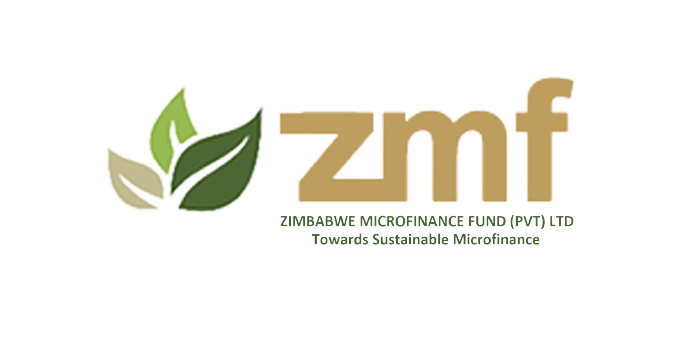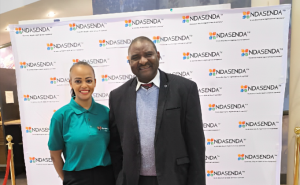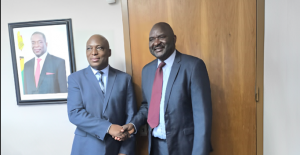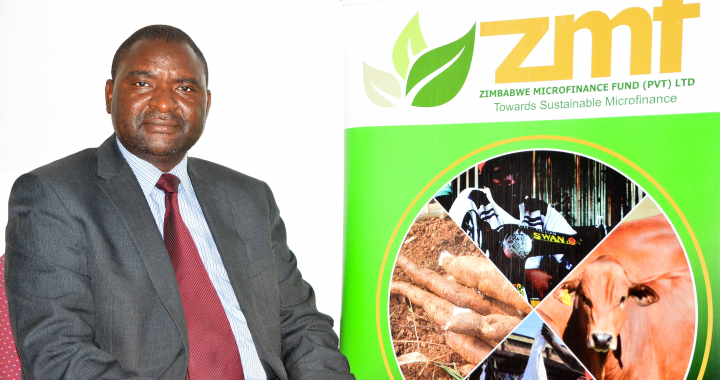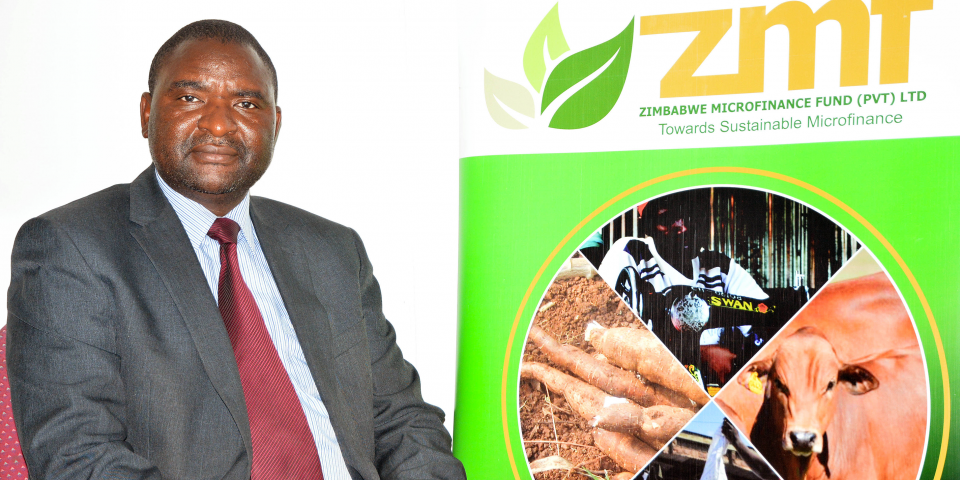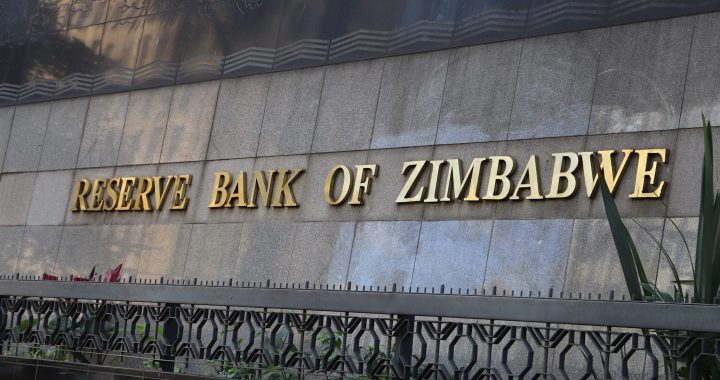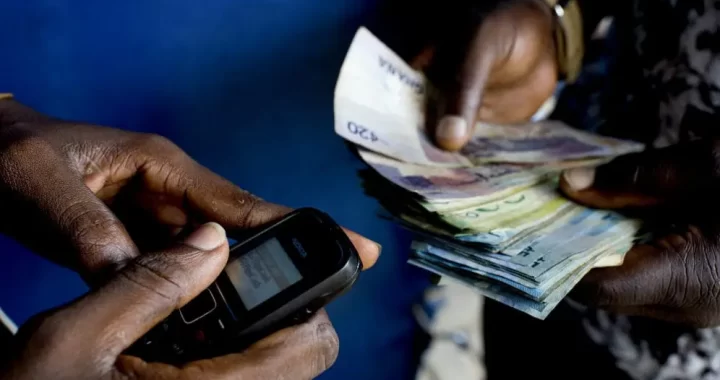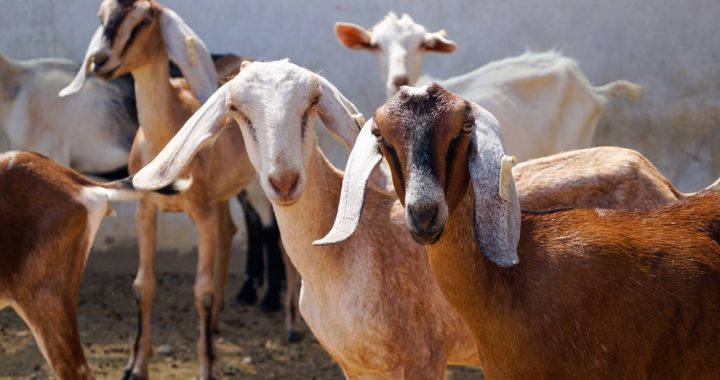6th National Microfinance Excellence Awards: A Night of Triumph and Celebration in Zimbabwe’s Microfinance Sector.

December 7, 2024
The grand ballroom of Rainbow Towers Hotel in Harare was aglow on the evening of December 6, 2024, as the Zimbabwe Microfinance Fund (ZMF) and the Zimbabwe Association of Microfinance Institutions (ZAMFI) co-hosted the 6th National Microfinance Excellence Awards Dinner. The event, an annual highlight for the microfinance sector, celebrated the unwavering commitment of institutions that have elevated the financial inclusion agenda in Zimbabwe.
With the country’s microfinance landscape growing ever more dynamic, this year’s awards were a testament to the innovation, resilience, and dedication displayed by these institutions in their drive to empower marginalized communities, especially women, youth, and rural clients. The awards spotlighted key areas such as outreach expansion, agricultural financing, and digital transformation, recognizing MFIs that have gone above and beyond in these critical areas.
Award Categories and Judging Criteria
The awards were divided into several key categories, each with its own stringent criteria that reflected the industry’s core values: financial inclusion, sustainability, and innovation. These included:
- Fastest Outreach Growing MFI: Recognizing institutions that increased their client outreach by at least 25%, with a special focus on maintaining high portfolio quality through low portfolio-at-risk (PAR) ratios.
- Most Women-Friendly MFI: Honouring institutions that have demonstrated exceptional commitment to empowering women, with at least 80% of their clients being women, significant female representation in staff and management, and non-financial services like financial literacy and consumer education for women.
- Most Agriculture-Focused MFI: Celebrating institutions that have focused on financing agriculture, particularly in rural areas, with innovative products aimed at improving the livelihoods of farmers and rural entrepreneurs.
- Most Productive Loans Focused MFI: Awarded to institutions that dedicate the majority of their loans to business-related funding, fueling entrepreneurship and business growth.
- Most Profitable and Financially Stable MFI: Recognizing sustainability and profitability, including consistent positive net profits, high operational self-sufficiency (OSS), and return on assets (ROA) and equity (ROE) above industry standards.
- Most Youth-Friendly MFI: Highlighting MFIs with strong youth-focused portfolios and mentorship programs, reflecting their role in driving youth empowerment.
- Most Business Loans-Focused MFI: Awarded to MFIs that demonstrate solid capital adequacy ratios and a significant portion of their loan portfolio dedicated to business financing.
- Most Digitalized MFI: Celebrating institutions that have embraced technology to enhance financial inclusion, reduce costs, promote financial literacy, and drive digital loan disbursements.
- Most Rural Outreach MFI: Recognizing the MFIs that have deepened their impact in rural areas, with at least 40% of their branches located in rural regions and 30% of clients from these areas.
Spotlight on ZMF’s Sponsored Awards
Among the prestigious categories, ZMF sponsored three key awards that stood out for their emphasis on rural outreach, agriculture financing, and women’s empowerment. The winners and runners-up in these categories showcased remarkable achievements that reflect both the heart and the future of Zimbabwe’s microfinance sector.
Most Rural Outreach MFI
This award celebrated institutions that have made significant strides in bringing financial services to rural communities. The winner, KCI Management Consultants (Pvt) Ltd, impressed the judges with its commitment to rural outreach, with 75% of its branches located in rural areas and 40% of its clients based in these underserved regions. This impressive reach is complemented by a focus on financial inclusion in communities that are often left out of traditional banking services.

Runner-up Zimbabwe Women’s Microfinance Bank, with 36% of its branches in rural areas and 63% of its clients in the same regions, also stood out for its dedication to serving the rural population, providing essential services to those in need.

Most Agriculture-Focused MFI
Agricultural financing is key to Zimbabwe’s economic transformation, especially in rural areas. Solten Financial Services emerged as the winner in this category, with 13% of its loan book dedicated to agriculture, 27% of its clients from rural areas, and a significant focus on agricultural impact, such as increased productivity and the growth of smallholder farming businesses. Their innovative approach to supporting agriculture, which includes products for fishing, livestock, and goat farming, showcased their commitment to diversifying rural livelihoods.

Runner-up Zimbabwe Women’s Microfinance Bank took second place with a strong agricultural focus, with 67% of its loan book allocated to agriculture and a massive 85% of its USD loans targeting rural clients. Their approach has made a significant difference in the lives of rural farmers, with a focus on both economic and social empowerment.

Most Women-Friendly MFI
The Most Women-Friendly MFI category recognizes institutions that go above and beyond to support women’s financial inclusion. Zimbabwe Women’s Microfinance Bank was a clear winner in this category, with around 62% of its active clients being women, 59% of its staff being female, and 33% of its management team comprising women. Their dedication to empowering women was further evidenced by their extensive services for women, such as financial literacy programs and women-friendly loan requirements.

MoneyMart Finance (Pvt) Ltd was the runner-up, with 46% of its active clients being women and 54% of its clients from women-led businesses. With a strong focus on promoting financial literacy and providing inclusive products for women, MoneyMart’s efforts are making a difference in the lives of Zimbabwe’s women entrepreneurs.

ZMF’s Continued Commitment to Supporting Microfinance
The vibrant atmosphere at the event was filled with pride as ZMF recognized these outstanding institutions for their invaluable contributions to Zimbabwe’s microfinance landscape. ZMF remains steadfast in its mission to promote sustainable microfinance practices, drive innovation, and enhance financial inclusion across the nation.
“The growth and resilience demonstrated by these institutions inspire us to continue supporting the microfinance sector. We are committed to fostering innovation, inclusion, and empowerment, especially for vulnerable groups like women, youth, and rural communities,” said ZMF’s spokesperson.
As the evening came to a close, there was a collective sense of optimism about the future of microfinance in Zimbabwe. The passion and dedication shown by these MFIs provide a clear signal that the journey toward financial inclusion and economic empowerment for all Zimbabweans is well on its way. The 6th National Microfinance Excellence Awards were not just a celebration of past achievements but a reaffirmation of the sector’s unwavering commitment to building a brighter, more inclusive future.
